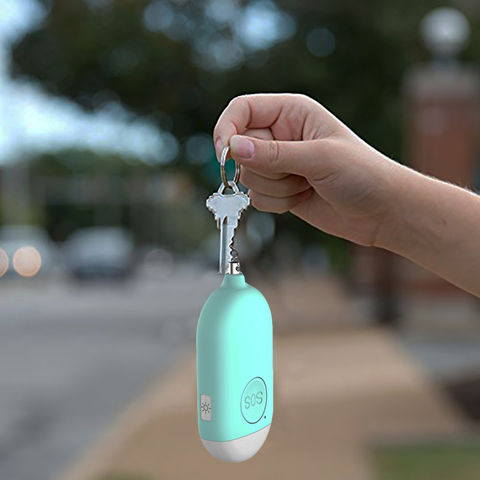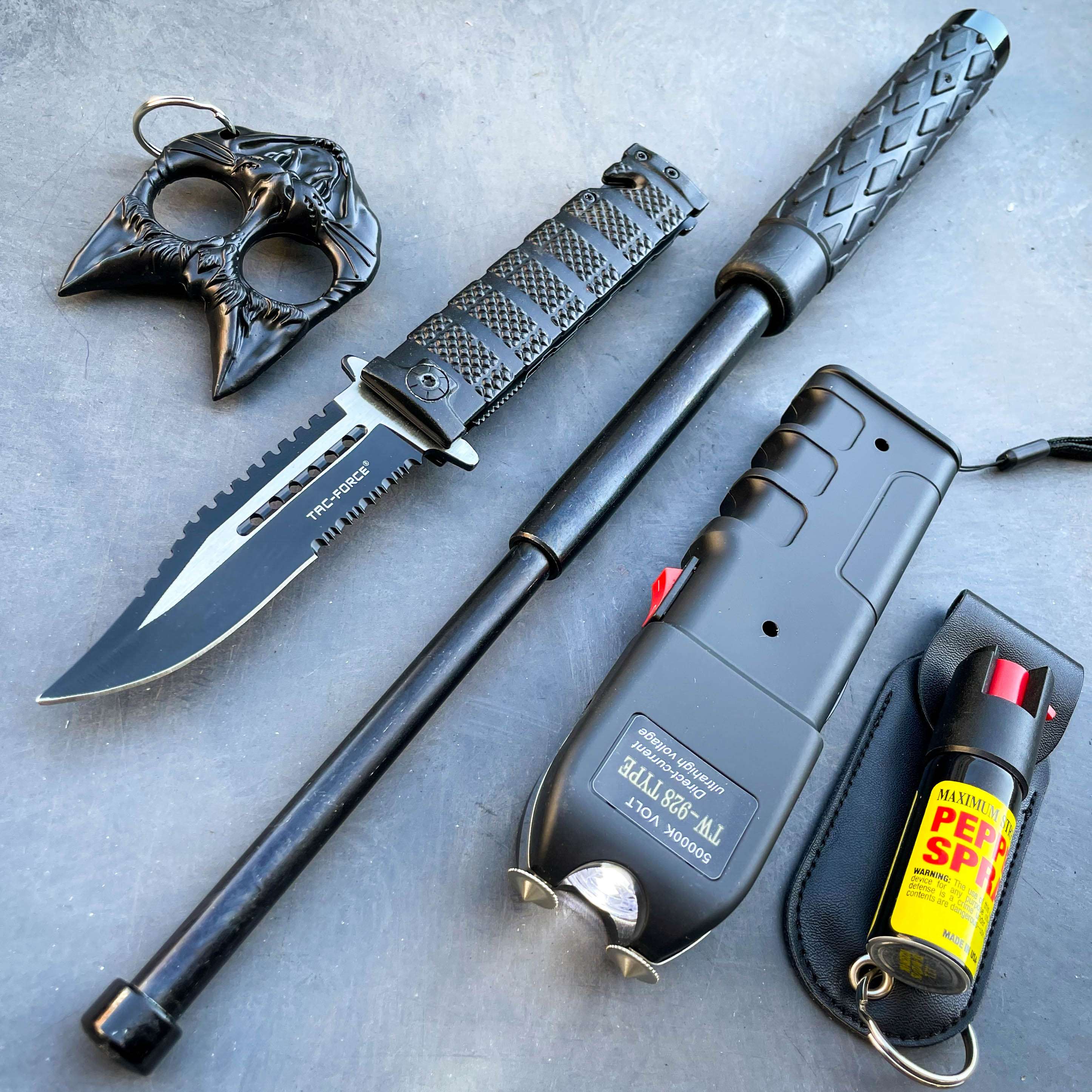
When it comes to jiu jitsu styles, gi vs no gi is a hotly debated issue. The main differences are the moves that are possible in a different style while wearing a particular gi. The no-gi style allows for more attacks and escapes.
gi jiu jitsu vs no gi jitsu
You should first ask yourself, "What is the difference between gi Jiu Jitsu and no Gi?" There are many differences in the two. Participants wear uniforms in Gi Jiu Jitsu. Gi athletes may also pull their gi in certain moves. In contrast, no gi competitors may wear shorts, a rash guard, or a T-shirt. Gi athletes might also opt to wear shorts, but many prefer wearing rashguards. The rash guard is usually white or black. A rash guard of rank may be required for certain tournaments.
It's important that you consider how your natural abilities translate into Gi Jiujitsu training. While natural abilities can be used in Jiu Jitsu, they won't be as useful if you don't have enough control. You will have a greater chance of winning a submission if you are learning technique.

The most important consideration is what your personal goals are. If you're looking to compete in MMA or BJJ matches, it's best to train in the gi first. Both styles have many benefits, but they are both beneficial in the long-term. Having both styles under your belt is the best way to become a complete grappler. Additionally, mixing up your training can add a new dimension to your learning.
Gi jiujitu Jitsu is better if you want to improve your ground skills. A gi can help you improve your technique. It will also keep you from falling or being caught during training. Brazilian Jiu-Jitsu classes at the Easton Training Center are available for all skill levels.
A Gi training is a good way to improve technique and strength, while no-gi training focuses on cardiovascular fitness and speed. Gi training will improve your ability to grapple and resist opponent's attacks with patience. It is up to you whether you choose to train in the Gi, or in NoGi. No matter what you choose, it's important to enjoy your training as much as possible.
Gi BJJJ practitioners consider no-gi more realistic than either style. Gi allows grapplers to grab their opponents on their pants, while No-gi allows them to only use one hand to submit.

Gi jiu-jitsu is also different from no-gi in how the Gi is used during grappling. Gi training requires more technical skills, but no-gi learning is faster and more intense. Gi also allows you to hold onto your opponent more easily while rolling. This is crucial for breaking the grips of your opponent in no-gi BJJ. The latter depends on the strength and flexibility of your opponent's grips.
Regardless of what style you prefer, gi jiu jitju has the best results for MMA training and self-defense. Some gyms offer both styles while others specialize in no-gi. You can master both styles if you train in both.
FAQ
What does a stun gun do to an attacker?
The stun gun uses electricity in order to incapacitate the victim. It causes muscle contractions which prevent them from moving. This renders them unable fight back.
Stun guns work best when applied to the neck or head.
A stun gun can be used in the most common manner: shoot at the body of the victim until they are unconscious.
To scare attackers, stun guns can also emit high-pitched noises. These stun guns, also known as TASERs, emit high-pitched sounds to scare attackers.
What does it cost to sign up for a course in self-defense?
There are many selfdefense courses. It depends on whether you go in person or online.
Some schools charge $50 per month while others charge as high as $200.
If you're looking for a cheap option, check out local community centers. Many of these centers offer free self defense lessons.
Can I legally carry a stun gun?
Yes. You will need to apply for a permit in your state.
To apply for a permit, you must fill out an application form and pay a fee.
Once you have your permit, it is important to keep it visible (such as your wallet).
You will need to repeat the process if your permit is lost.
What is the time it takes to recharge a stungun?
This varies depending on the type of battery.
For example, AAA batteries can take as long as 8 hours to charge, while AA batteries can take just 2 hours.
Statistics
- Most likely, you'll get tapped out by 90% of the people in your first 3-5 months. (mmaclan.com)
- Most likely, the person will want some kind of boxing match, so if you can out-box them, this would be 100% ideal for survival. (budodragon.com)
- Kung Fu alone has 400 unique martial art styles – and whilst you likely won't be able to find a school for each form, many other martial arts are completely different altogether. (budodragon.com)
- Saying this, Self defense 101 would be the importance of situational awareness, which can never be replaced by the finest of martial arts, because it is this that would help you to avoid any likely attacks in the first place. (worldofselfdefense.com)
External Links
How To
How to Survive An Invasion At Your Home
Home invasion is scary, especially for children. We didn't know we would have to go through this ourselves when we started our home security system installation journey. Here's what we've discovered so far.
-
Do not let your children see the attackers. Our kids were sleeping upstairs when two men broke into our house. They were taken downstairs by us until police arrived. Our children were not hurt but the experience was enough for them to be traumatized.
-
Lock up all valuables. We keep valuables locked up in a safe in our bedroom. Even if someone attempts to break into your house, they won’t be able access it.
-
Keep an eye out for burglars. We live in a neighbourhood that is notorious for burglaries. We keep a look out for suspicious people and cars.
-
Always have a backup plan. If anything happens to us, our family will be taken care of financially. We also have a plan to leave the country if necessary.
-
Be Prepared. If you ever find yourself in a situation where you must defend your life, you must be prepared. You should always have water and food on hand.
-
Call 911 immediately. Call 911 immediately after finding out someone is breaking into your house. It is better than waiting for authorities to knock on your door.
-
Use common sense. Do not let anyone enter your home if you don't feel at home. You should not invite strangers to your home.
-
You can get help from nearby neighbors and people who live in the same area. Call neighbors or friends if you feel unsafe. You can have them watch your back while calling the police.
-
Keep your cool and do as instructed by officers. Stay calm and do exactly as instructed by officers. Avoid fleeing or resisting arrest
-
Take pictures of any evidence. Photograph any evidence that is found during an investigation. This includes blood samples and fingerprints.
-
Local Law Enforcement. File a report with law enforcement even if no one was injured. Doing so may prevent future crimes against you.
-
Call the Insurance Company immediately. You should immediately contact your insurance company. Let them know everything and then ask for an adjuster.
-
You must get rid of personal belongings. Remove personal belongings before leaving the scene. Don't wear expensive jewelry. Take it off and put it away.
-
Clean Up After Yourself. Clean up after yourself. Throw away the trash, sweep up broken glass, and make sure all doors and windows are locked.
-
Talk about What happened. It is not a good idea to talk about the events that happened to you. You never know who could use this information against your later.